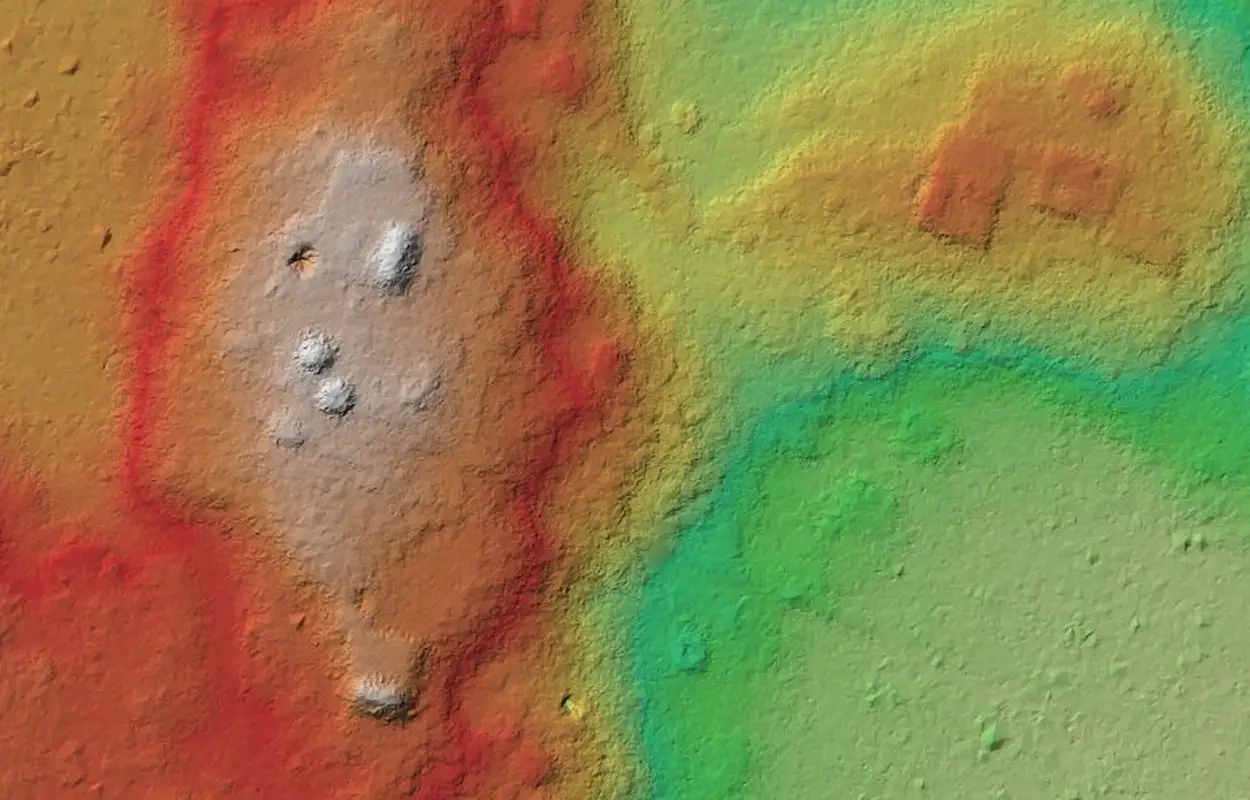An archaeological survey conducted by the National Institute of Anthropology and History (INAH), has identified an 18 km sacbé linking the Maya cities of Uxmal and Kabah in the Puuc region of western Yucatan, Mexico.
A sacbé is a raised paved road constructed by the Maya people to connect temples, plazas, and groups of structures within ceremonial centres, or served as major highways between cities.
Sacbé comes from a combination of two Yucatec Maya words, “sac” meaning white and “be” or “beh” meaning way, road, or pathway.
A recent survey using Light Detection and Ranging (LiDAR) has identified an 18km sacbé linking the Maya cities of Uxmal and Kabah. LiDAR is a method of remote sensing using light in the form of a pulsed laser to measure ranges (variable distances) to the Earth.
The differences in the laser return times and measuring the wavelengths can be used to compile a 3D digital map of the landscape, removing obscuring features that could hide archaeological features.
The study revealed that the sacbé is 5 metres (16 feet) wide and had monumental corbel arches at each end.
According to the researchers, the sacbé represents the strong interactions between the people of Uxmal and Kabah around AD 700-950, when both cities were the largest Maya polities in the Puuc region.
Uxmal and Kabah also share similar architectural features in the Puuc Maya style, which first emerged at the end of the Late Classic period and experienced its greatest extent during the Terminal Classic period. A common feature at both sites are entwined snakes and, in many cases, two-headed snakes used for masks of the rain god, Chaac.
Header Image Credit : INAH





